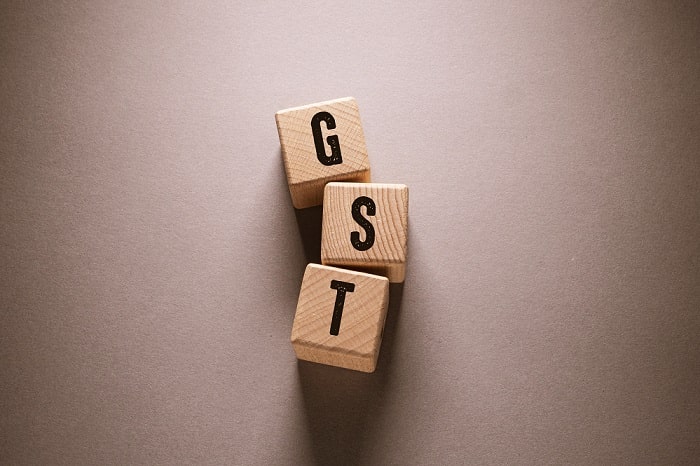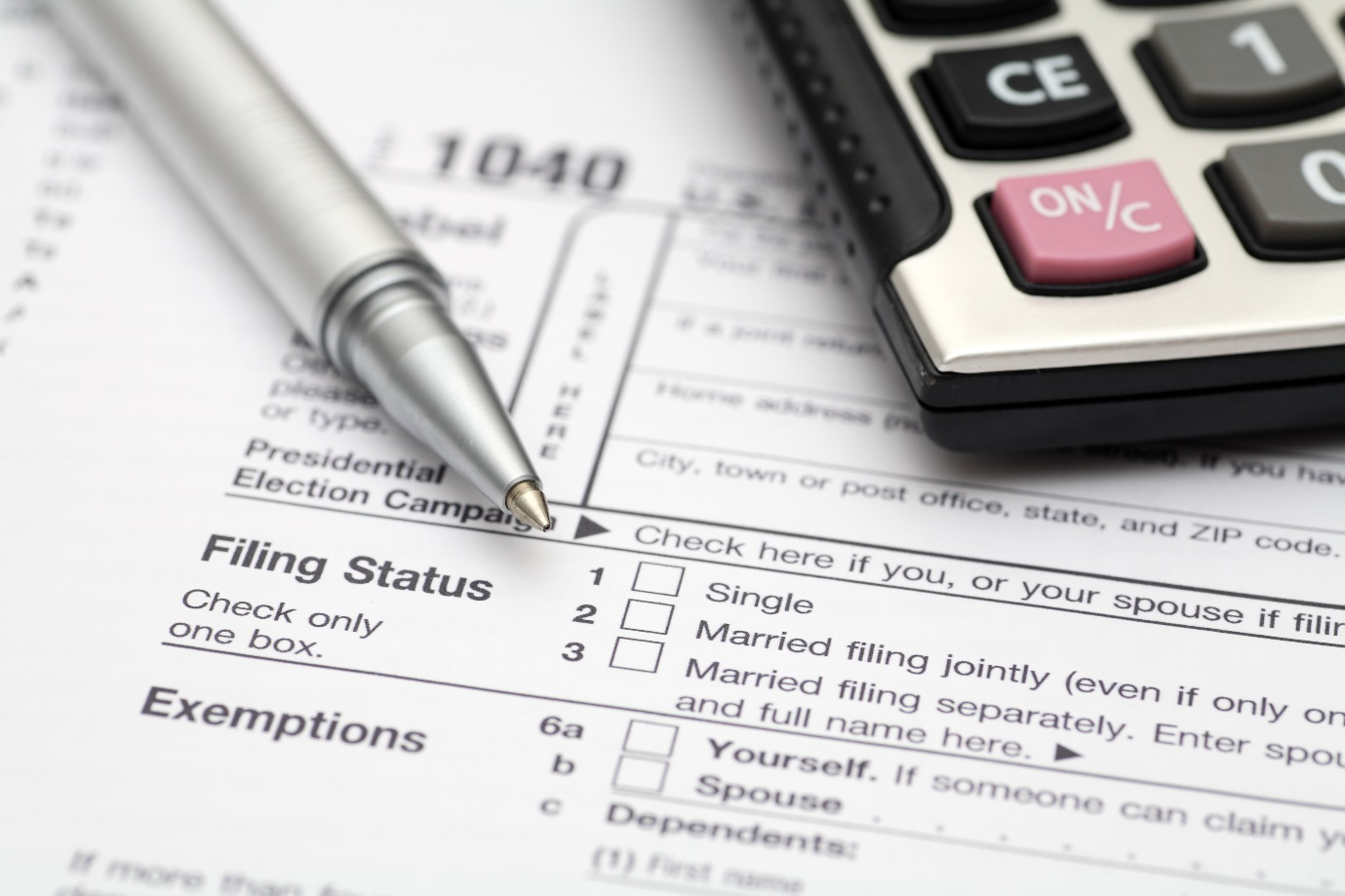Written by
Updated :
Reviewed by
After implementation of Goods and Services Tax in India, there was some concern regarding how small businesses would cope with the new rules and regulations. In order to ensure that small businesses and business owners were not overwhelmed by the potential paperwork and new GST rules, the GST composition scheme was introduced. Read on to know details of what composition scheme under GST means, who is eligible to avail the scheme benefits, tax rates of composition levy and more.
What is GST Composition Scheme?
The GST composition scheme may be defined as a simplified scheme of the Goods and Services Tax that is targeted at small taxpayers. The composition scheme under GST allows small taxpayers to skip standard GST formalities and pay goods and service taxes at a fixed rate of GST based on the turnover of the business.
So, the key difference from standard GST is that in the case of the composition scheme, GST payable is calculated based on the turnover of the business and not the specific GST rates of goods/services being supplied.
As per current rules taxpayers can opt for GST composition scheme if their annual turnover is less than Rs. 1.5 crore, however, not every entity can avail the benefits of the composition scheme. The primary benefit of the GST composition scheme is that small businesses won’t have to file as much paperwork and will have a lower tax liability that can significantly reduce the stress of filing GST returns.
GST Composition Scheme Eligibility Criteria
As mentioned in the earlier section, the GST composition scheme cannot be availed by all small businesses and taxpayers in India. Since the scheme is designed to benefit small businesses/business owners, the primary eligibility criteria is the annual turnover amount of up to Rs. 1.5 crore.
So a regular taxpayer with annual turnover below the Rs. 1.5 crore limit can be eligible for the composition scheme provided they are not otherwise excluded. In the case of some Indian states, this turnover limit is lower at Rs. 50 lakh. These states include the following:
Arunachal Pradesh |
Assam |
Manipur |
Meghalaya |
Nagaland |
Mizoram |
Sikkim |
Tripura |
Himachal Pradesh |
Note: The current threshold level of Rs. 1.5 crore and 50 lakh is liable to change periodically as per government announcements.
GST Rates for Composition Scheme
The applicable rate of tax as per GST composition scheme is also known as composition levy. The applicable rate of composition levy can vary between 1% and 5% which differs based on the type of entity. Below are the applicable GST rates under the composition scheme:
Type of Registered Taxpayer |
Applicable GST Rate (Under Composition Scheme) |
Manufacturers or Traders of Goods (apart of those specifically excluded under GST composition scheme) |
2% of turnover (1% CGST + 1% SGST) |
Restaurants (not servicing alcohol) |
5% of turnover (2.5% CGST + 2.5% SGST) |
Other Eligible Entities and Traders |
1% of turnover (0.5% CGST + 0.5% SGST) |
Note: The above rates for GST Composition scheme are updated as of May 2023 and subject to periodic change.
Investment Articles
- Benefits of ULIP Investment Plan
- Types of ULIPs
- How to Save Tax with ULIPs
- Maximize Returns With ULIPs
- Best Short Term Investments for Tax Saving
- What is Power of Compounding
- What is Investment
- Types of Investment in India
- 80C Investment Options
- Fixed Deposit Interest Rates
- Voluntary Provident Fund
- Difference Between Saving And Investing
- What is Fixed Deposit
- What is Term Deposit
- What is Recurring Deposit
- Fixed Deposit vs Recurring Deposit
- What is KYC
- Max Life Guranteed Income Plan
- What is ULIP
Who Cannot Apply For GST Composition Scheme?
As per current composition scheme rules, some taxpayers are not qualified for this scheme. Taxpayers are not currently allowed to apply for GST Composition Scheme include:
Individuals or businesses supplying goods and services through an e-commerce platform that collects tax at the source as per Section 52
Those involved in supplying goods that are not taxable/exempt under GST Act
Non-resident taxable persons and casual taxable persons
Businesses or individuals involved in the inter-state supply of goods
Manufacturers of ice cream and other edible ice products with/without added cocoa
Manufacturers of tobacco products, substitutes, or pan masala
Businesses or individuals who have purchased goods and services from an unregistered supplier. However, composition scheme enrolment is allowed if the GST is paid on these goods on a reverse charge basis
Suppliers whose annual turnover has exceeded the threshold limit in the previous financial year
Suppliers engaged in providing services other than restaurant service

Benefits of the GST Composition Scheme
For qualified individuals and businesses, the GST composition scheme has various benefits to lessen the burden of the tax return process. The numerous advantages of the GST composition scheme include the following:
Taxpayers qualifying for the composition scheme have reduced GST compliance requirements, making it ideal for small businesses with fewer resources at its disposal
Small business owners benefit from reduced tax liabilities with the composition scheme structure that imposes lower composition levy
Small businesses can maintain higher level of liquidity because of lower tax rates.
The GST composition scheme reduces costs related to bookkeeping, returns, and issuing invoices, etc. for eligible entities
Limitations of the GST Composition Scheme
Despite its numerous advantages, there are some limitations that those who opt for the GST composition scheme need to consider. Key limitations of the scheme include:
Collection of Tax Not Allowed
As per current rules of the GST composition scheme, the taxpayer cannot recover composition tax from their customers due to restrictions on raising a tax invoice.
No Input Tax Credit
Another downside of the GST composition scheme is limitations on input tax credits. Small businesses that qualify for the composition scheme are not allowed claim input tax credit on any supplies or services that they avail during the course of their business.
E-Commerce Businesses Not Allowed
Those who are registered under GST composition scheme cannot operate an e-commerce business or supply goods/services to customers through an e-commerce platform. This factor significantly can reduce customer bases for some taxpayers.
Restricted Geographic Reach
Composition-registered businesses are restricted to specific geographic regions because the scheme does not cover inter-state transactions. This limitation restricts these small businesses to intra-state supplies that limits business operations.
Main Features of the GST Composition Scheme
Some of the key features of the composition scheme and composition levy under Goods and Services Tax include the following:
Lower tax rates of 1% to 5% than regular GST rates
Tax liability linked to the turnover of the registered entity for applicable financial year
licable rate of composition levy depends on type of business
Quarterly return filing under composition scheme instead of monthly filing under regular GST scheme
In the case of multiple businesses registered under single PAN, all businesses need to be registered under composition scheme. Otherwise all the businesses have to opt out
Composition scheme registered entities cannot raise tax invoice they have to raise bill of supply instead
Normal rate of GST will apply in case transactions are made under the reverse charge mechanism
Input tax credit is not allowed to the composite dealer.
GST Composition Scheme FAQs
Q. How Can I Opt for the Composition Scheme under GST?
A. Opting for the GST composition scheme requires individuals to apply for the scheme with tax authorities. The procedure differs depending on whether you’re a new or existing taxpayer registered under GST:
New taxpayers: New Taxpayers registering under the GST Act must file an option to pay the composition amount in the ‘Application for New Registration’ portion of Form GST REG-01.
Existing taxpayers: Taxpayers already registered as regular taxpayers under the GST Act must apply to opt for the composition levy through Form GST-CMP-02, available on the GST Portal. This form must be completed and submitted before the commencement of the relevant financial year
Q. How are GST Payments Made by a Composition Dealer?
A. Composition dealers make GST payments out of pocket for the supplies made. These payments include the following:
GST on supplies made
Tax on reverse charges
Tax on purchases from unregistered dealers
Q. What are the Eligible Reasons to Withdraw From the GST Composition Scheme?
A. Taxpayers can withdraw from the GST composition scheme under various circumstances. Some of the common reasons why composition dealers may withdraw from composition levy are:
Voluntary withdrawal by the taxpayer
If the threshold limit specified in Section 10 of the CGST Act is exceeded
If the taxpayer is engaged in supplying goods that not covered under GST Act
If the registered entity is engaged in inter-state supply
In case supply of goods is carried out via an e-commerce operator who collects taxes at source as per Section 52
Taxpayer is engaged in the manufacturing of notified goods, such as pan masala
Q. Can I Apply for the Composition Scheme if I’m Registered as a Regular Taxpayer?
A. Yes. Regular taxpayers can opt for the composition levy through the GST Portal. Log in to the GST Portal and access the taxpayer’s interface. Select the ‘Services’ tab, then click on ‘Registration’ and ‘Application to Opt for Composition Levy.’ Follow the specific instructions to fill out the form and submit the document for approval.
Q. Can I save my GST Composition Scheme Registration Application?
A. Yes. After you start the process of registering for GST composition scheme application on the GST portal, you can save the application online. Subsequently you can complete this saved application and submit it online within 15 days of initiating the registration process.
Sources:
https://gsthero.com/input-tax-credit-itc-under-gst-with-examples/
https://www.gktoday.in/question/what-is-the-objective-of-input-tax-credit-mechanis
https://financepost.in/time-limit-to-avail-the-itc/
https://cleartax.in/s/document-and-forms-for-claiming-itc-under-gst
https://tallysolutions.com/gst/gst-input-tax-credit/#gref
https://idtc-icai.s3.ap-southeast-1.amazonaws.com/download/pdf21/Practical-FAQs-on-ITC-15july.pdf
ARN No:June23/Bg/21A


